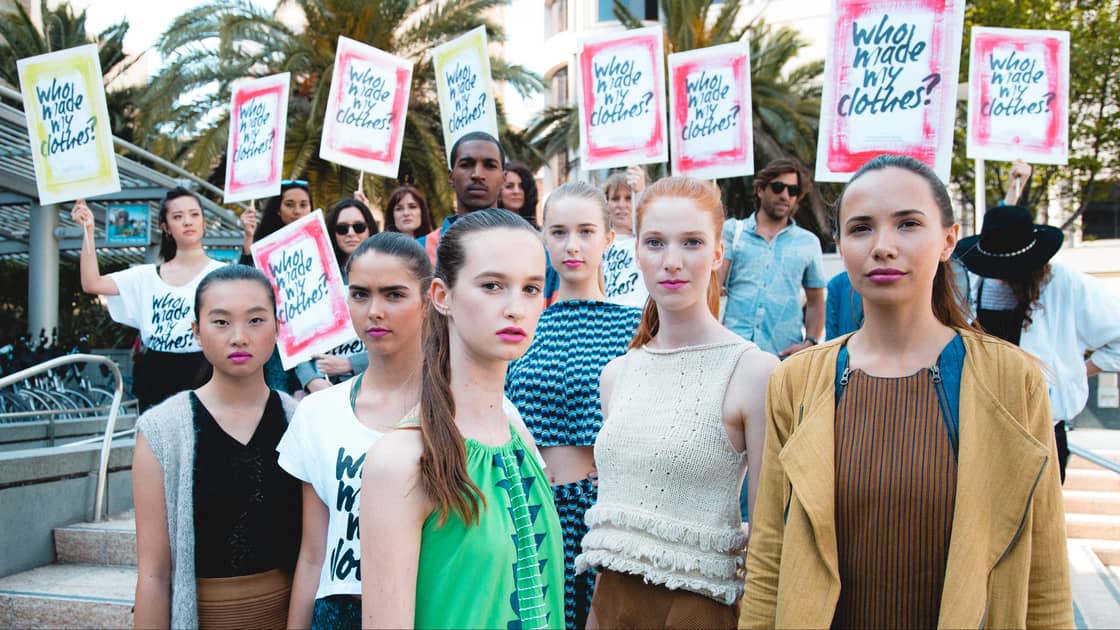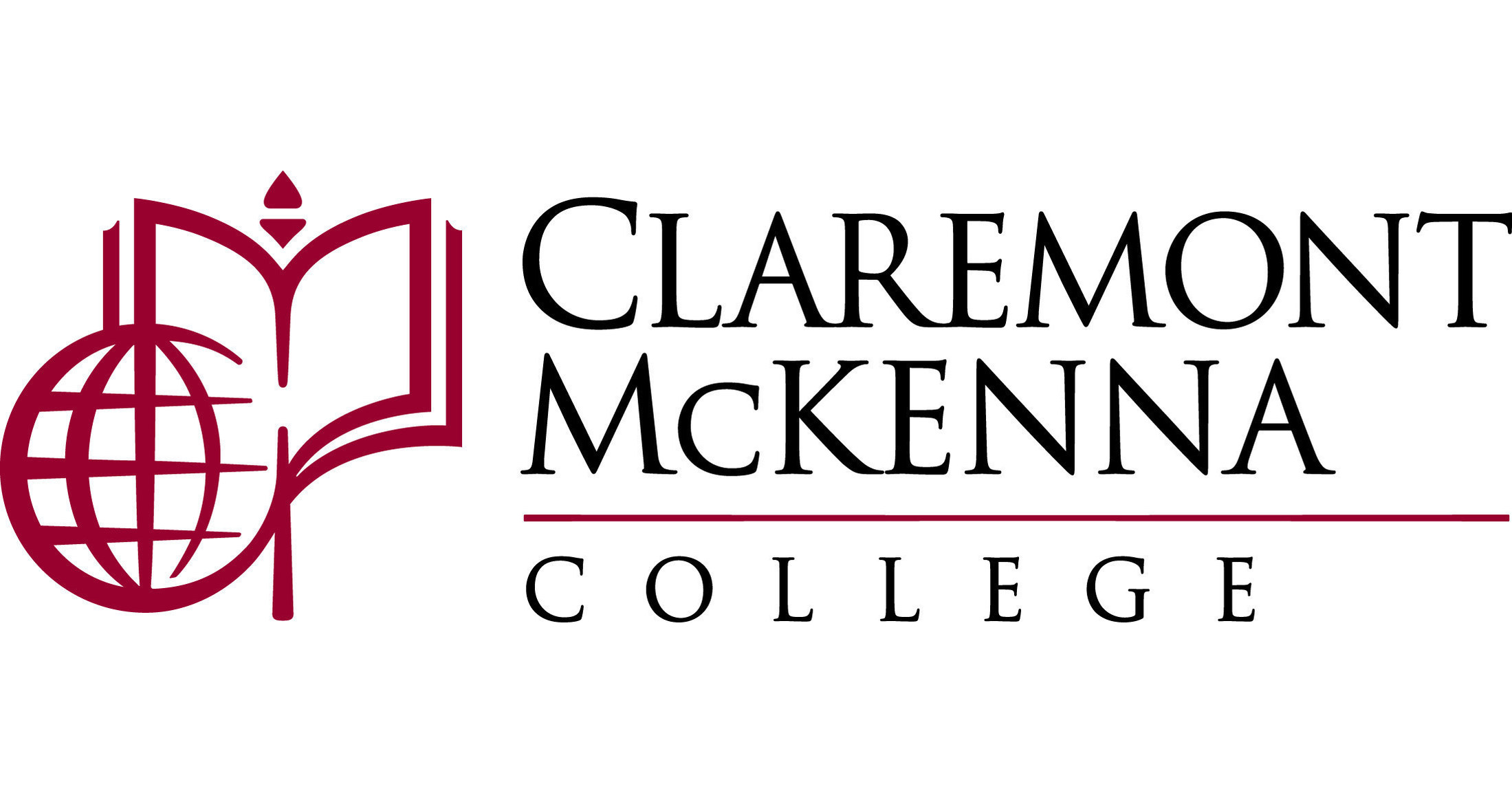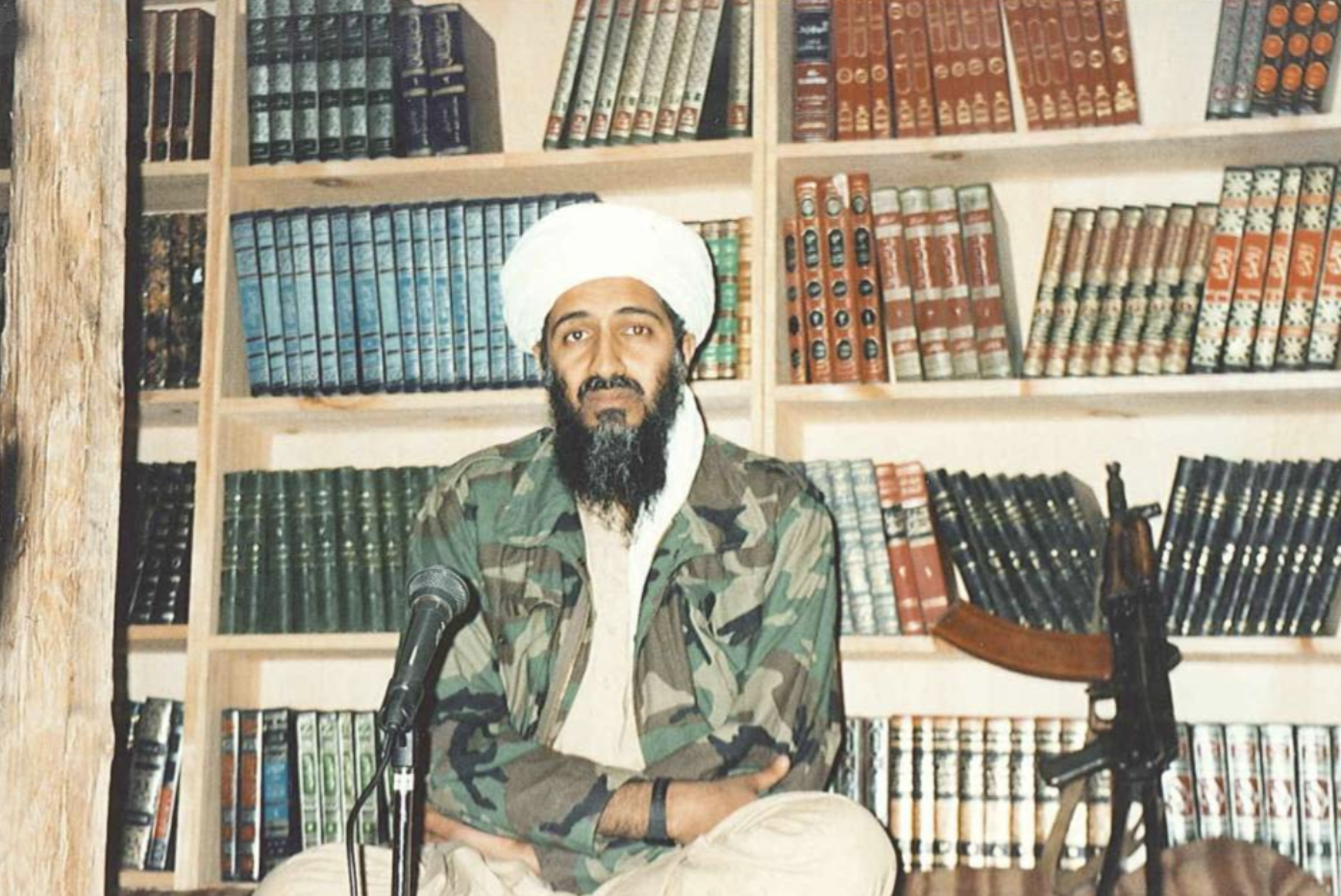The collapse of the Rana Plaza building in Savar, Bangladesh, which housed garment factories, shook the industry – more than 1,100 workers lost their lives and around 2,500 were injured, many of them gravely. The accident, one of the deadliest disasters in the history of industrial manufacturing, shed light on an area that normally remains in the dark: where and under what conditions garments are made.
The owner of sustainable brand Pachacuti, Carry Somers, and designer Orsola de Castro founded non-profit organisation Fashion Revolution after the disaster. Ten years later, it has grown into the world’s largest fashion activism campaign, spanning over 100 countries worldwide. FashionUnited has traced the growth of the movement over the years.
2014
The first Fashion Revolution Day took place, featuring #InsideOut, the precursor of the Who Made My Clothes? campaign. The campaign encouraged consumers, designers and retailers alike to ask themselves where their clothes are made and learn more about. It invited them to wear their clothes inside out, take a picture of themselves and share the image with the hashtag #insideout on all social media platforms. Tens of thousands of people from over 60 countries took part in the first Fashion Revolution Day.
2015
The now world famous campaign #WhoMadeMyClothes was launched in 2015. In Germany, in the midst of bustling Alexanderplatz in Berlin, Fashion Revolution Germany set up a “2-euro T-shirt vending machine”. A social experiment in which consumers were given the chance to buy a simple white T-shirt from a vending machine for merely 2 euros, but not without first seeing who made it and under what conditions – 16-hour shifts for an hourly wage of just a few cents. In the end, consumers were given the option of buying the T-shirt or donating money – many opted for the latter. In the second year, tens of thousands of people in over 70 countries worldwide took part.
“>
2016
This year saw the first Fashion Revolution Week, seven days of events around raising awareness about the fashion industry. This included the launch of the #LovedClothesLast and #IMadeYourClothes campaigns. The latter made more than 3,500 producer voices heard.
In addition, the “Haulternative” campaign was launched, in which influencers swap fashion with others instead of buying it in hauls from fast fashion chains and discounters. The first edition of the “How to be a Fashion Revolutionary” guide was published.
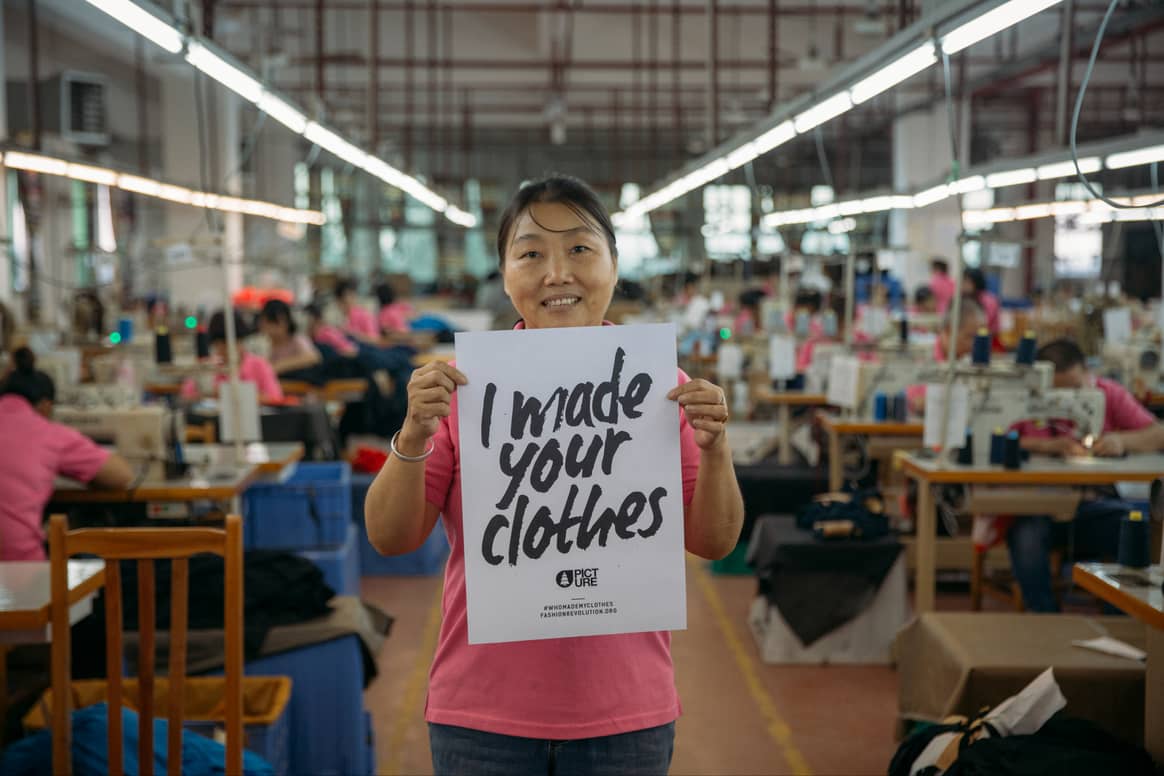
2017
This year saw another Fashion Revolution Week and the first Fashion Transparency Index was launched. It analysed 100 large fashion companies (with an annual turnover of more than 1.2 billion US dollars) in terms of their transparency efforts. The sad result: no brand, not even the frontrunners, scored above 50 percent on the transparency scale. Only eight brands scored above 40 percent, including Adidas, Reebok, Marks and Spencer, H&M, Puma, Banana Republic, Gap and Old Navy.
The first two fanzines, “Money, Fashion Power” and “Loved Clothes Last”, were also published. The Fashion Revolution Open Studios initiative started to shine a spotlight on ethical and sustainable designers around the world. The Garment Worker Diaries project told stories about the lives of the people who make our clothes, highlighting their wages and working hours.
2018
The year 2018 marked the fifth anniversary of the Rana Plaza collapse, and Fashion Revolution Week took also place for the fifth time, with more and more participants worldwide every year.
Fashion Revolution also published a ten-point manifesto that prioritises the dignity and voice of all those involved, fair wages, skills, solidarity, the environment, circular economy and transparency. In collaboration with change agency Futerra, it presented the Who Made My Clothes? campaign film.
“>
2019
Fashion Revolution Week took place again with activities such as repair workshops, talks, discussion panels and even bike rides. Fashion Revolution launched its popular series of how-to videos and PDF guides describing a range of revolutionary fashion skills from patching holes to eliminating waste to using your voice as an activist. The non-profit also launched an online course titled “Fashion’s Future: The Sustainable Development Goals” and a programme for student ambassadors.
“>
For the first time in the history of the Fashion Transparency Index, some brands received a score of more than 60 percent: Adidas, Reebok and Patagonia achieved 64 percent of a possible 250 points and Esprit and H&M both scored 61 percent. The index analysed 200 of the world’s biggest fashion brands. For Fashion Revolution, this is a sign that the fashion industry has taken significant steps to become more transparent, because increasingly conscious consumers expect this from them. A survey of 5,000 consumers across Europe conducted by Fashion Revolution and Ipsos Mori in the same year found that 80 percent believe that fashion brands should disclose their manufacturing operations.
2020
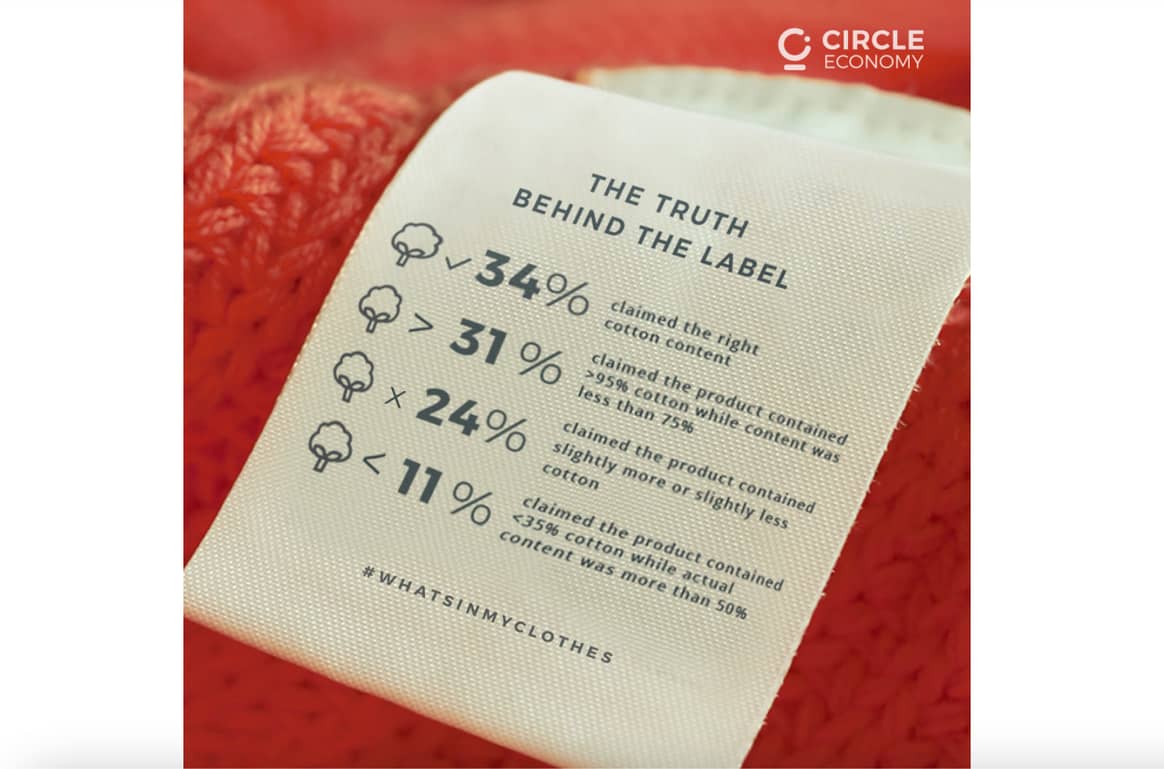
During the Covid pandemic, Fashion Revolution set up a dedicated page on their website to support garment workers during this time. Fashion Revolution Week was more relevant than ever with cancellations of orders and closures of factories in the wake of the global Covid-19 pandemic. Millions of garment workers and their families faced not only unemployment but also poverty and famine.
The Fashion Revolution Index showed that the industry still lacks transparency. Even though H&M, C&A and Adidas/Reebok made it to the top three places with 73, 70 and 69 percent of a possible 250 points respectively, followed by Esprit with 64 percent and Marks & Spencer and Patagonia with 60 percent each, more than half (54 percent) scored 20 percent or less; 28 percent even scored 10 percent.
Fashion Revolution started a new campaign in collaboration with Circle Economy called #Whatsinmyclothes. It showed that in 41 percent of cases, the labels on items of clothing do not match their composition.
2021
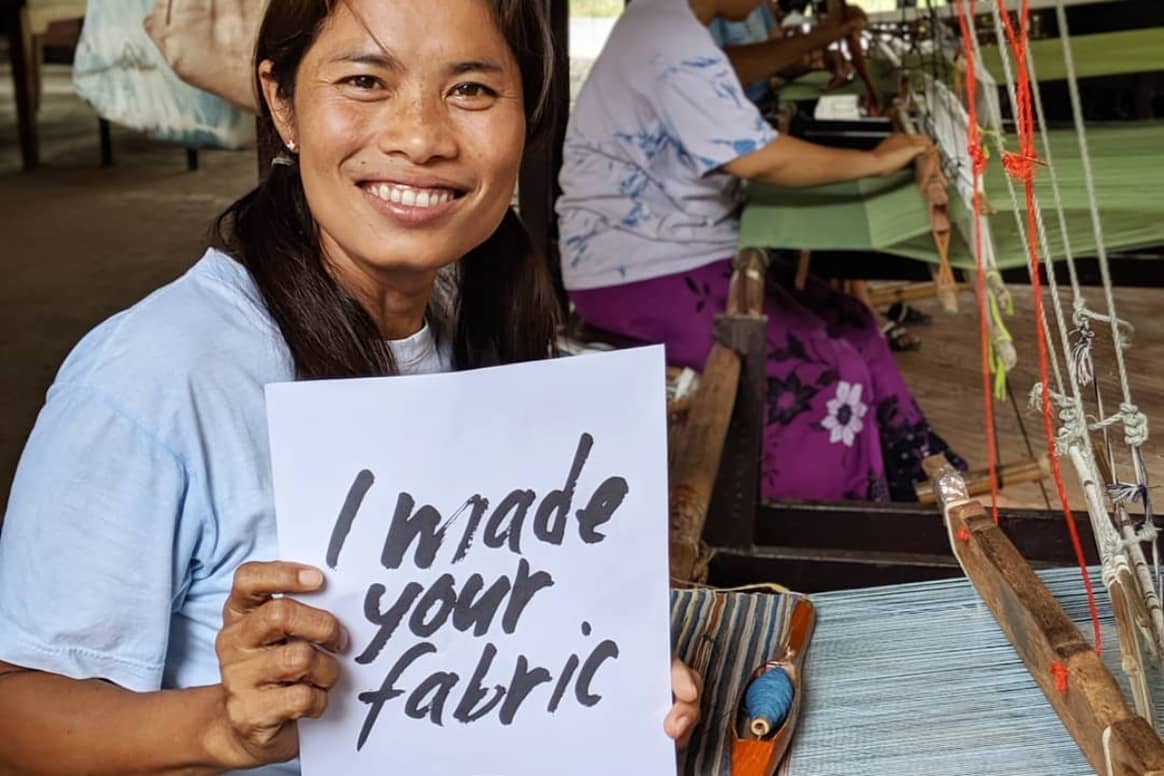
Despite the pandemic forcing activists to take the majority of Fashion Revolution Week online for the second year in a row, 2021 was possibly one of the biggest events. Focusing on “Human Rights, Relationships and Revolution”, more than 90 Fashion Revolution teams around the world organised events and activities that made a huge impact. One highlight was the launch of the #WhoMadeMyFabric campaign. Fashion Revolution attended the UN climate conference COP26 to put fashion on the agenda.
The Fashion Transparency Index took a close look at 250 of the world’s biggest fashion brands and retailers and found that overall progress is still too slow – companies reached an average overall score of just 23 percent. Twenty major brands received a score of 0 percent, including Billabong, Celio, Elie Tahari, Fashion Nova, Jessica Simpson, Koovs, Max Mara, Mexx, New Yorker, Quiksilver, Pepe Jeans, Roxy, Tom Ford, Tory Burch and Youngor. OVS achieved the highest score with 78 percent and an increase of 44 percent compared to 2020, followed by H&M (68 percent), Timberland and The North Face (66 percent each).
2022
Fashion Revolution Week focused on natural resources and labour exploitation for a week with online and on-site events. With wages that still do not cover the living expenses of garment workers, Fashion Revolution launched the Good Clothes Fair Pay campaign, which was also mentioned in the Fashion Revolution Index.
As in the previous year, fashion brands and retailers made little progress in disclosing their production conditions and sustainability efforts. The average overall score reached just 24 percent – up by just one percent compared to 2021. A third of the labels surveyed scored less than ten percent, including Dolce & Gabbana and Valentino, and 17 major brands scored zero percent, including designer brands such as Jil Sander, Max Mara and Tom Ford as well as fast fashion retailers such as Fashion Nova, Shein and New Yorker. The top three brands – Italian retailer OVS and retail giants Target Australia and Kmart Australia – scored 78 percent, well above the previous year.
2023
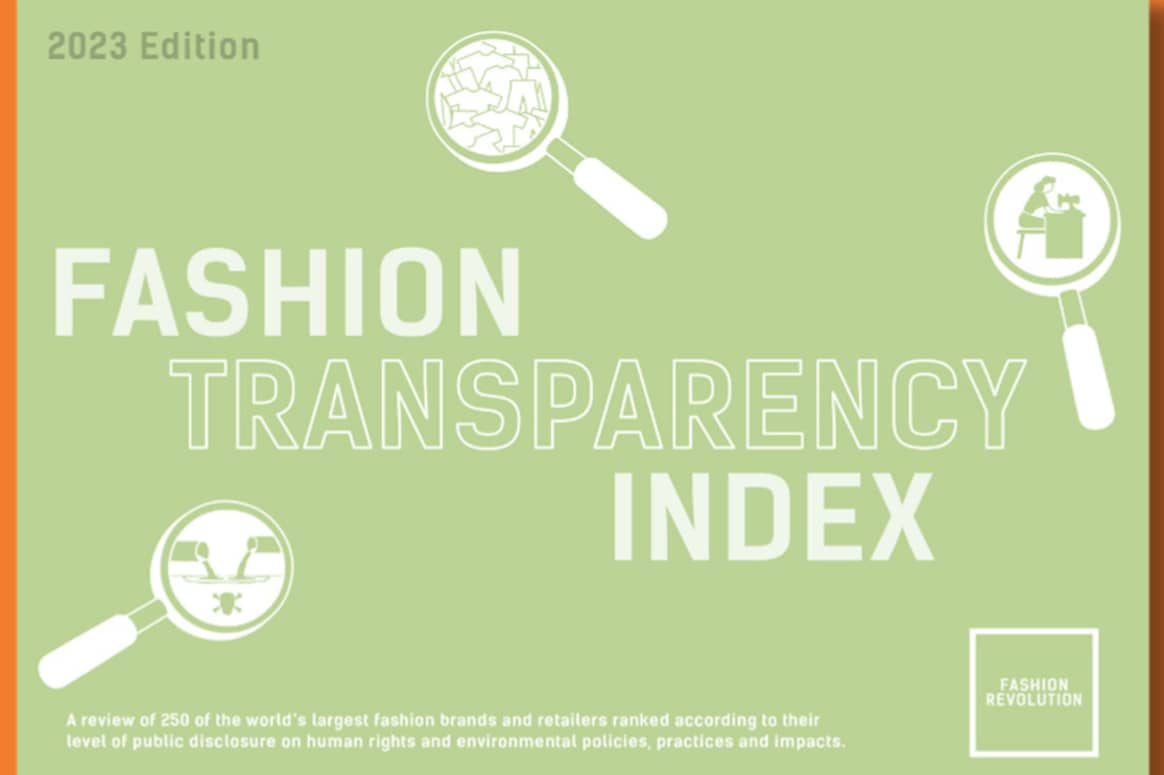
2023 marked the tenth anniversary of the collapse of the Rana-Plaza building – Fashion Revolution Week commemorated the occasion and honoured workers with a photo exhibition. There were also clothes swap events, workshops and activities centred around a living wage – for example in the form of the Fair Fashion Day in front of the European Parliament in Brussels.
The Fashion Transparency Index highlighted the industry’s need to catch up: compared to the previous year, the average overall score rose by just 2 per cent to only 26 percent. However, two brands achieved a score of more than 80 percent for the first time (OVS and Gucci). More than a quarter (28 percent), or 70 out of 250 companies, still scored between 0 and 10 percent, although this represents a slight improvement on last year’s score of 32 percent.

